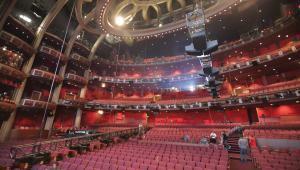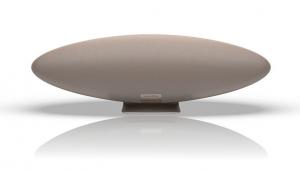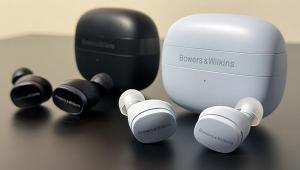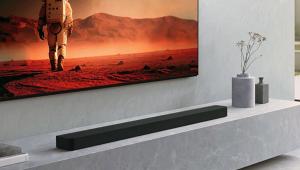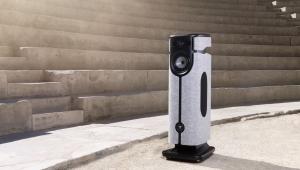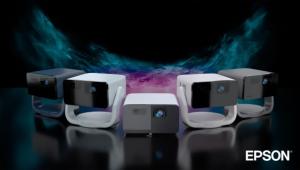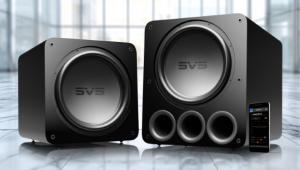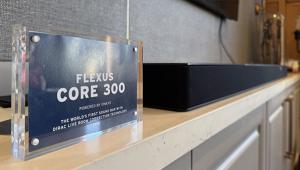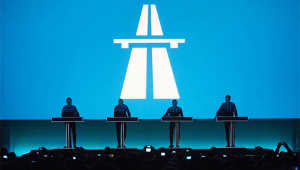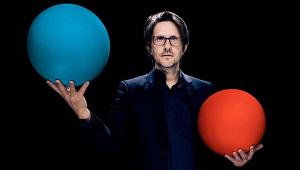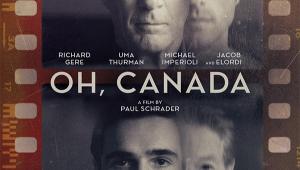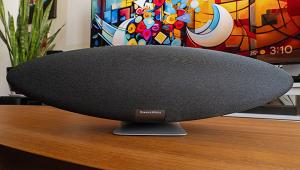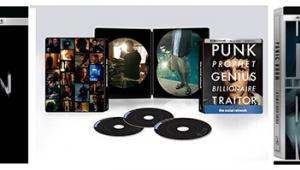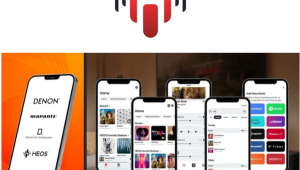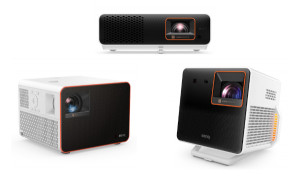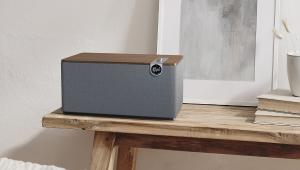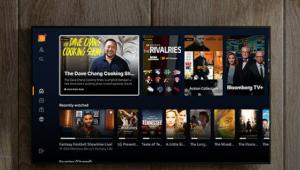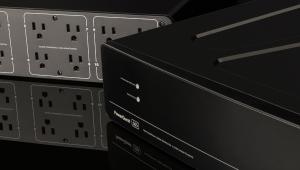Five for Five Page 3
HDTV After a slow, rocky start, high-definition TV is ready to move into your home  Let's go back to fall 1998. As we prepared to launch the magazine, high-definition digital TV broadcasts were just starting to hit the airwaves. This happy convergence gave me a chance to review one of the first HDTVs: the 64-inch Philips 64PP9901, which cost ten grand, weighed 355 pounds, and just barely pulled in digital signals from the nearby CBS transmission tower, the only high-def programming source in town.
Let's go back to fall 1998. As we prepared to launch the magazine, high-definition digital TV broadcasts were just starting to hit the airwaves. This happy convergence gave me a chance to review one of the first HDTVs: the 64-inch Philips 64PP9901, which cost ten grand, weighed 355 pounds, and just barely pulled in digital signals from the nearby CBS transmission tower, the only high-def programming source in town. 
Things have changed plenty in five years. You can now get an HDTV for less than $2,000. Great-looking flat-panel plasma and LCD sets are actively chipping away at the cathode-ray tube's 50-year-plus reign. And the number of HDTV programs on satellite, cable, and most of the major broadcast networks is growing steadily.
S&V has tracked HDTV every step of the way, charting the system's progress with our "DTV Report Card" (December 1999 and February/March 2001) and "HDTV: The Year in Review" (February/March 2002 and 2003), reviewing the latest and greatest sets, and reporting on new developments in "Random Play."
The first HDTV program we watched on that widescreen Philips set was a nail-biting Jets vs. Bills game that looked spectacularly detailed and crisp compared with regular TV (that is, when the picture didn't freeze up or dissolve into a psychedelic pattern of pixels). Football once again grabbed center stage that autumn when ABC rolled out Monday Night Football in high-def along with 5.1-channel surround sound. Viewers watching MNF on their expensive new TVs complained that some shots were out of focus and that the audio stuttered and popped, but at least it was in high-def. The network's broadcasts continued throughout the season, culminating with Super Bowl XXXIV in January 2000.
In the early days, even the people who lived near digital transmitters had reception problems. And few of the sets had digital tuners, so most had to be hooked up to an external box. Worse yet, even though most first-generation tuners cost more than two grand, they couldn't always pull in digital broadcasts. Using a motorized rooftop antenna helped, but even then the picture suffered from glitches every few minutes. Aarggh!
The next generation of HDTV tuners was a lot better - and a lot cheaper, too. RCA's DTC-100 DirecTV HDTV satellite receiver, which I tested along with RCA's MM36110 HDTV monitor in January 2001, was the first tuner to break the $1,000 price barrier. And it received the HBO-HD channel on the DirecTV satellite service, which finally gave movie fans a steady stream of HDTV cinema (alas, with only Dolby Digital 2.0 sound). A short time later, the Dish Network added Showtime-HD, which broadcast some movies with a Dolby Digital 5.1 soundtrack. Saving Private Ryan in high-def with full 5.1-channel audio looked and sounded just as good, if not better, than in it did at the movie theater.
But after gaining initial momentum, both ABC and NBC reduced the number of high-def programs in fall 2000, with ABC notably dropping Monday Night Football. This prompted then-FCC commissioner William Kennard to label them, along with HDTV holdout Fox, "spectrum squatters."
The fragile, new high-def broadcasting bubble drifted until June 2001, when CBS began airing The Young and the Restless in high-definition. But things really got rolling the following February when NBC broadcast the Winter Olympics in high-def. With its lifelike picture and thrilling 5.1-channel sound, the joint NBC/HDNet coverage was the next best thing to being on the slopes in Utah according to Michael Antonoff, who went on-site for "HDTV at Large," June 2002.
HDTV prices soon started their own downhill descent. Panasonic broke the $2,000 price barrier in the summer of 2001 with its PT-47WX49 monitor. Meanwhile, Mitsubishi introduced sets with FireWire connections, including the innovative WS-73909 that I reviewed in February/March 2002, which let you record off-air HDTV broadcasts to a D-VHS video recorder. Finally, high-def time-shifting had arrived!
The FCC's timetable said that all commercial broadcast TV stations had to get their digital channel up and running by May 1, 2002. But as that day came and went, 70% of them hadn't made the jump. That prompted the new FCC chairman, Michael Powell, to come up with a voluntary schedule for broadcasters and cable and satellite providers to work HDTV into their mix. His plan also suggested that digital tuners be built into new TVs. By August 2002, however, Powell's suggestion had become an official FCC mandate.
Things began to move in 2002. Midyear, the National Cable Television Association announced that the nine largest cable operators - accounting for 85% of the country's cable subscribers - planned to offer HDTV service by January 2003. Given that two-thirds of TV viewers in the U.S are connected to cable, the NCTA's notice paved the way for HDTV to take off.
Around the time high-def cable channels appeared, viewers saw their digital TV options expand beyond huge tube-based projection TVs. Flat-panel plasma and LCD TVs weren't new, but they had been so expensive few people could afford one. Then along came Gateway's 42-inch GTW-P42M102 widescreen plasma monitor (reviewed in February/March 2003). While it offered only enhanced-definition resolution, its $3,000 price changed everyone's notion that plasma was out of the reach of ordinary folks, and prices have declined ever since. So next time you're in Sam's Club, check out the plasma TVs - they'll be in aisle four between the frozen food and the bulk paper towels.
Not many people had been thinking about the possibility of high-definition camcorders, but that changed with the arrival of JVC's $3,500 GR-HD1 (reviewed in July/ August 2003). The technology behind the GR-HD1 has been proposed as a standard (tentative name: HDV) by a group that includes JVC, Canon, Sharp, and Sony, which means that your next camcorder might well be a high-def model.
With cable companies feverishly adding HDTV - a trend that we documented in "What's on HDTV and Where to Get It" (June and October 2003) - you no longer have to rely on a rooftop antenna to get local digital broadcast channels. But what if you want to plug your cable directly into the back of the TV, like you did with your analog set? Panasonic and Hitachi rose to the challenge by introducing "cable-ready" HDTVs late in 2003.
Five years down the road, I'm still impressed by HDTV's incredibly detailed picture and 5.1-channel sound. And radical new display technologies are on their way, like OLED (Organic Light-Emitting Diode) - a thin-film display that makes current flat-panel TVs look quaint. An HDTV that unrolls in sheets like wallpaper? Now that's something I've got to see.
- Log in or register to post comments




